Oh Christmas Broccoli
Thursday, 22 December 2011 by Dr Maytel
Thursday, 22 December 2011 by Dr Maytel
Posted in: christmas, festival food, food crimes, Iconic eats, Masterchef, mayo, playing with your food, recipes, Salad, Salad Cream, Urbano-Cultural Disorders, Vegetables, vegetarian food | 0 comments | |
Tuesday, 25 August 2009 by Dr Maytel



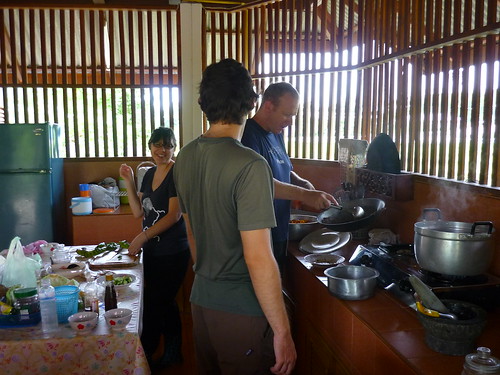



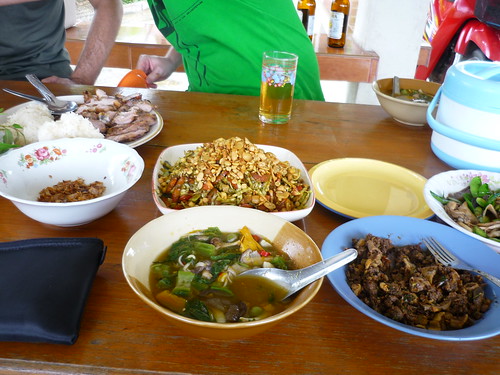
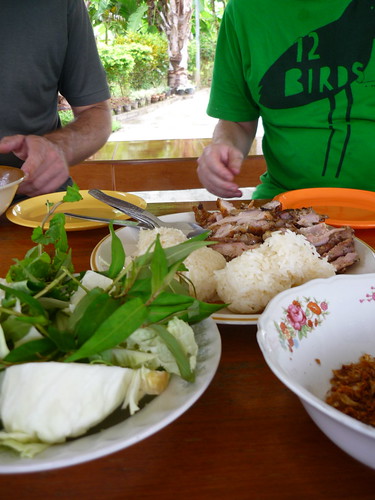



Posted in: Celebrity Chefs, chilli, Feasts, French Food, home cookin, Thai Food, Thailand, Urbano-Cultural Disorders, Vegetables | 1 comments | |
Saturday, 28 March 2009 by Hock
Fashion designer Karen Walker enjoyed her candlelit dinner at home, and TV3 newsreader Samantha Hayes spent an hour in the dark, thinking about the impact of her lifestyle on the climate.
Posted in: food wankery, milk it, Urbano-Cultural Disorders | 1 comments | |
Monday, 20 October 2008 by Dr Maytel
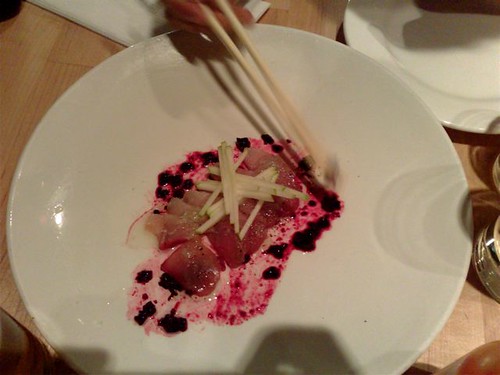
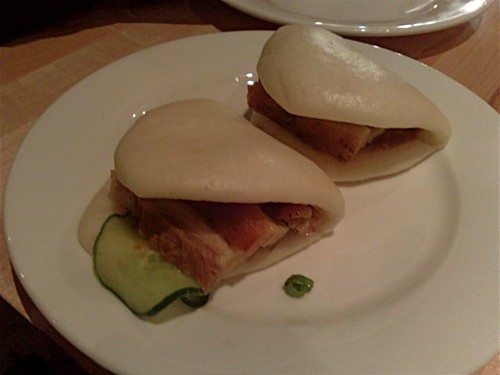
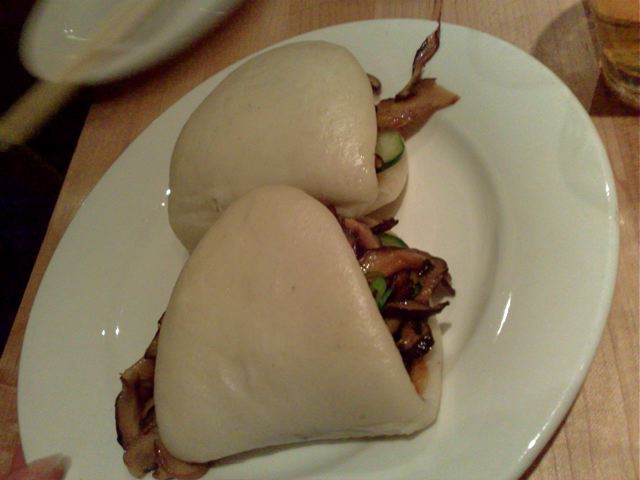
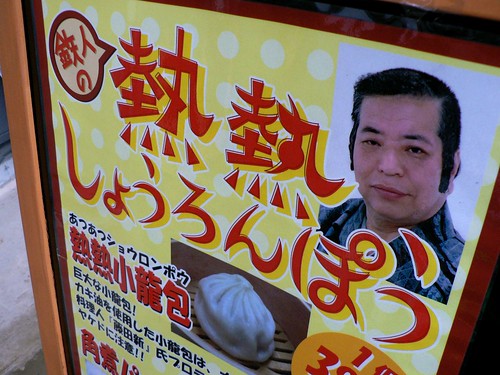
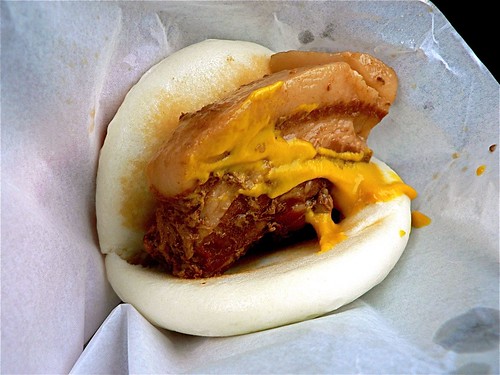



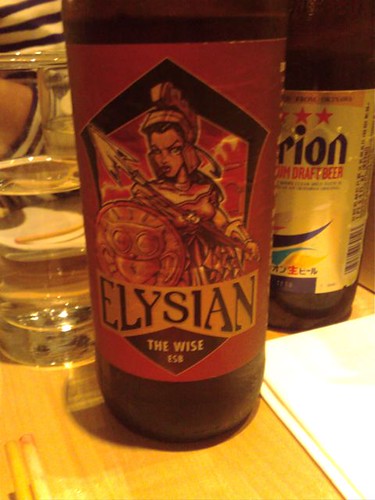
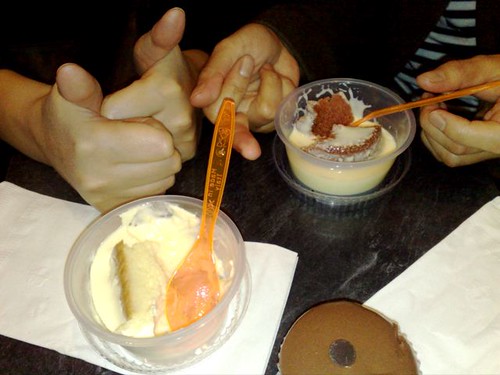
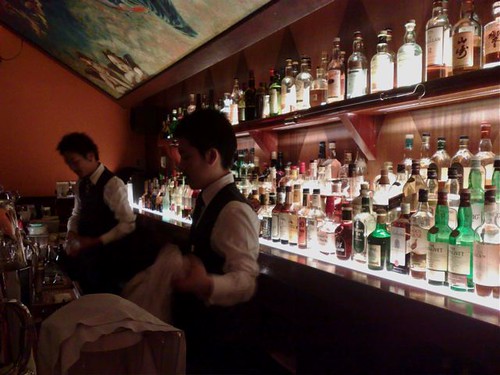
Posted in: American Food, Celebrity Chefs, Chinese Food, fish, gentrified food, Japanese food, NYC, Restaurant Review, street eats, sushi, Urbano-Cultural Disorders, Working Class Food | 7 comments | |
Saturday, 2 August 2008 by kinakoJam
Posted in: Democratising "gourmet", middle class food, Urbano-Cultural Disorders | 4 comments | |
Sunday, 25 May 2008 by Unknown
Below the headlines about rocketing food prices and rocking governments, there lays a largely unnoticed fact: bananas are dying. The foodstuff, more heavily consumed even than rice or potatoes, has its own form of cancer. It is a fungus called Panama Disease, and it turns bananas brick-red and inedible.
There is no cure. They all die as it spreads, and it spreads quickly. Soon – in five, 10 or 30 years – the yellow creamy fruit as we know it will not exist. The story of how the banana rose and fell can be seen a strange parable about the corporations that increasingly dominate the world – and where they are leading us.
Although it is viewed as only a dessert or an addition to breakfast cereal in most developed countries, it is actually a very important agricultural product. After rice, wheat and milk, it is the fourth most valuable food. In export, it ranks fourth among all agricultural commodities and is the most significant of all fruits, with world trade totaling $2.5 billion annually. Yet, only 10% of the annual global output of 86 million tons enters international commerce. Much of the remaining harvest is consumed by poor subsistence farmers in tropical Africa, America and Asia.
Posted in: Fruit, Peak Everything, Urbano-Cultural Disorders | 3 comments | |
Thursday, 17 April 2008 by kinakoJam

Posted in: art food fashion, Food ethics, gut feelings, last supper, Paris, Squeamish eats, Urbano-Cultural Disorders | 3 comments | |
Thursday, 28 February 2008 by Unknown


Posted in: Urbano-Cultural Disorders | 1 comments | |
Thursday, 10 January 2008 by Unknown
the best food blog ever is already dead... everything about it was personal and informative without giving away too much personal information, nothing about it was soulless... i never felt like it was a commercial site, nor that [he] was ever shilling for anyone nor anything. i didn't feel like he was using it as a personal resume, or as a platform to something else. it was just a really great journal about food
When it comes to food blogging, I miss 2005.
There. I've said it. I feel a whole lot better.
This has been on my mind for quite some time, partially exasperated by the fact that Epicurious, was voted 2nd best food blog this year in the Weblog awards. We've come a long way from all of the press the food blogs received in 2004/2005. In two years time we've gone from individuals and private citizens getting acknowledged and read for their writing and their passion for food to that bastion of individuality Condé Nast getting kudos.
This isn't to knock the fine folks over at Epicurious, but I've always felt that food blogging was the anti-Condé Nast - the place where you went to when you wanted to get an individual's opinion on food, not an institution's.
Posted in: Food Nostalgia, Urbano-Cultural Disorders | 6 comments | |
Sunday, 7 October 2007 by kinakoJam
Posted in: American Food, food humour, health benefits, Urbano-Cultural Disorders | 0 comments | |
Monday, 17 September 2007 by Dr Maytel





Posted in: Alcohol, Bangkok, Beer, German food, Pork, potatoes, Restaurant Review, Thai Food, Thailand, the homer simpson chronicles, Urbano-Cultural Disorders | 2 comments | |
Friday, 24 August 2007 by Unknown
Posted in: American Food, Indian Food, mexican food, Urbano-Cultural Disorders | 1 comments | |
Friday, 17 August 2007 by Dr Maytel
Posted in: Food ethics, food politics, food racism, national dishes, Urbano-Cultural Disorders | 4 comments | |
Tuesday, 12 June 2007 by Dr Maytel

Posted in: "You're Not in Hataitai Now Dr Ropata", Bangkok, food crimes, hotel food, pizza, sarcastic tones, Thai Food, Thailand, Urbano-Cultural Disorders | 2 comments | |
Sunday, 3 June 2007 by Dr Maytel


Posted in: Fruit, Indian Food, Singapore, Unnecessarily Demonised Food, Urbano-Cultural Disorders | 5 comments | |
Saturday, 5 May 2007 by Hasselhoff'd
Posted in: "You're Not in Hataitai Now Dr Ropata", Alcohol, Beer, Comfort Food, Dubai, German food, sarcastic tones, Urbano-Cultural Disorders | 2 comments | |
Copyright 2007 | All Rights Reserved.